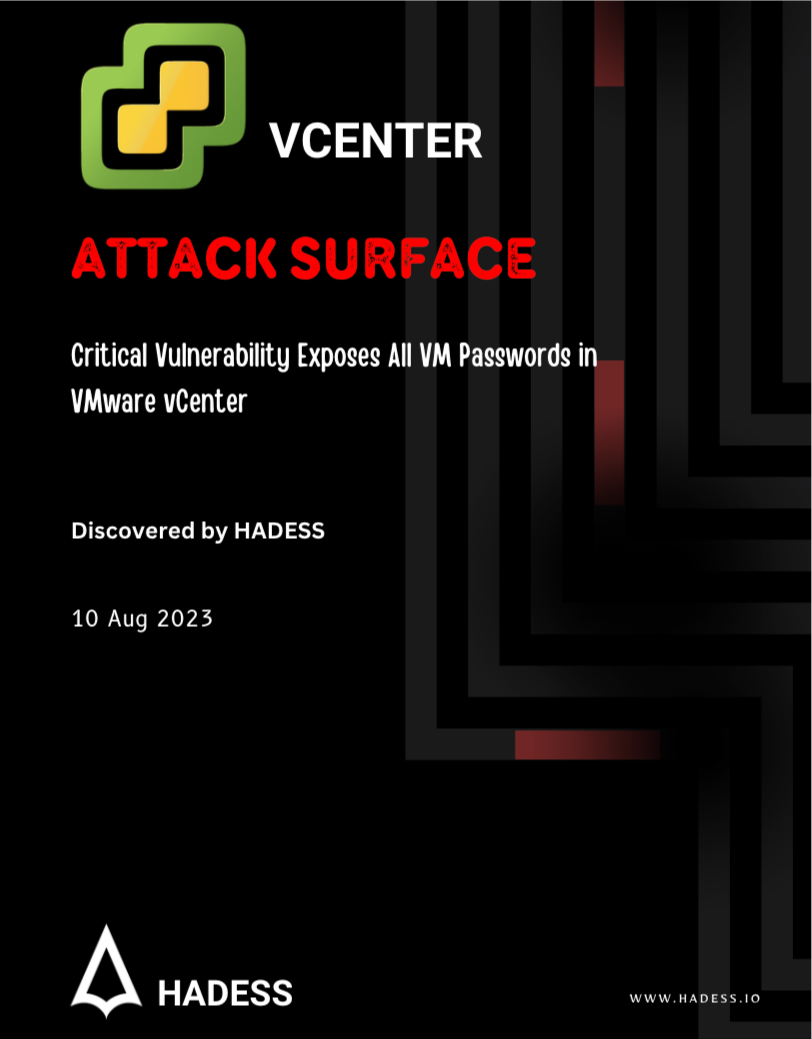In today’s dynamic cybersecurity landscape, safeguarding critical infrastructure like VMware vCenter has become paramount. This executive summary outlines a comprehensive report on vCenter Attack Surface Management, highlighting the significance of proactive measures to secure this pivotal virtualization management platform.
The report delves into the vulnerabilities that can expose vCenter to potential attacks, emphasizing the need for a proactive approach to reduce the attack surface. By comprehensively assessing the attack vectors and potential entry points, organizations can strengthen their defenses and mitigate risks effectively.
Key findings from the report include:
1. **Attack Surface Assessment:** A thorough analysis of vCenter’s attack surface is crucial. This involves identifying all potential entry points, services, ports, and protocols in use. Each component’s exposure to threats is evaluated to prioritize mitigation efforts.
2. **Vulnerability Management:** Regular vulnerability assessments and patch management are vital to prevent known vulnerabilities from being exploited. A proactive approach involves continuous monitoring of security advisories and timely implementation of patches.
3. **Access Control and Authentication:** Ensuring strict access controls and robust authentication mechanisms significantly limits unauthorized access. Multi-factor authentication (MFA) adds an extra layer of security to safeguard critical management interfaces.
4. **Network Segmentation:** Isolating vCenter from other critical systems through network segmentation reduces the impact of potential breaches. A compromised segment will have limited lateral movement capabilities, minimizing the extent of a breach.
5. **Logging and Monitoring:** Implementing comprehensive logging and real-time monitoring aids in detecting and responding to potential threats. Anomalies and suspicious activities can be promptly identified, helping to prevent attacks before they escalate.
6. **Incident Response Planning:** Organizations should have a well-defined incident response plan tailored to vCenter attacks. A well-rehearsed plan ensures swift and effective responses to security incidents, minimizing damage and downtime.
7. **Employee Training:** Security awareness training for employees is crucial. It helps in preventing social engineering attacks and ensuring that the workforce is an active line of defense against potential threats.





